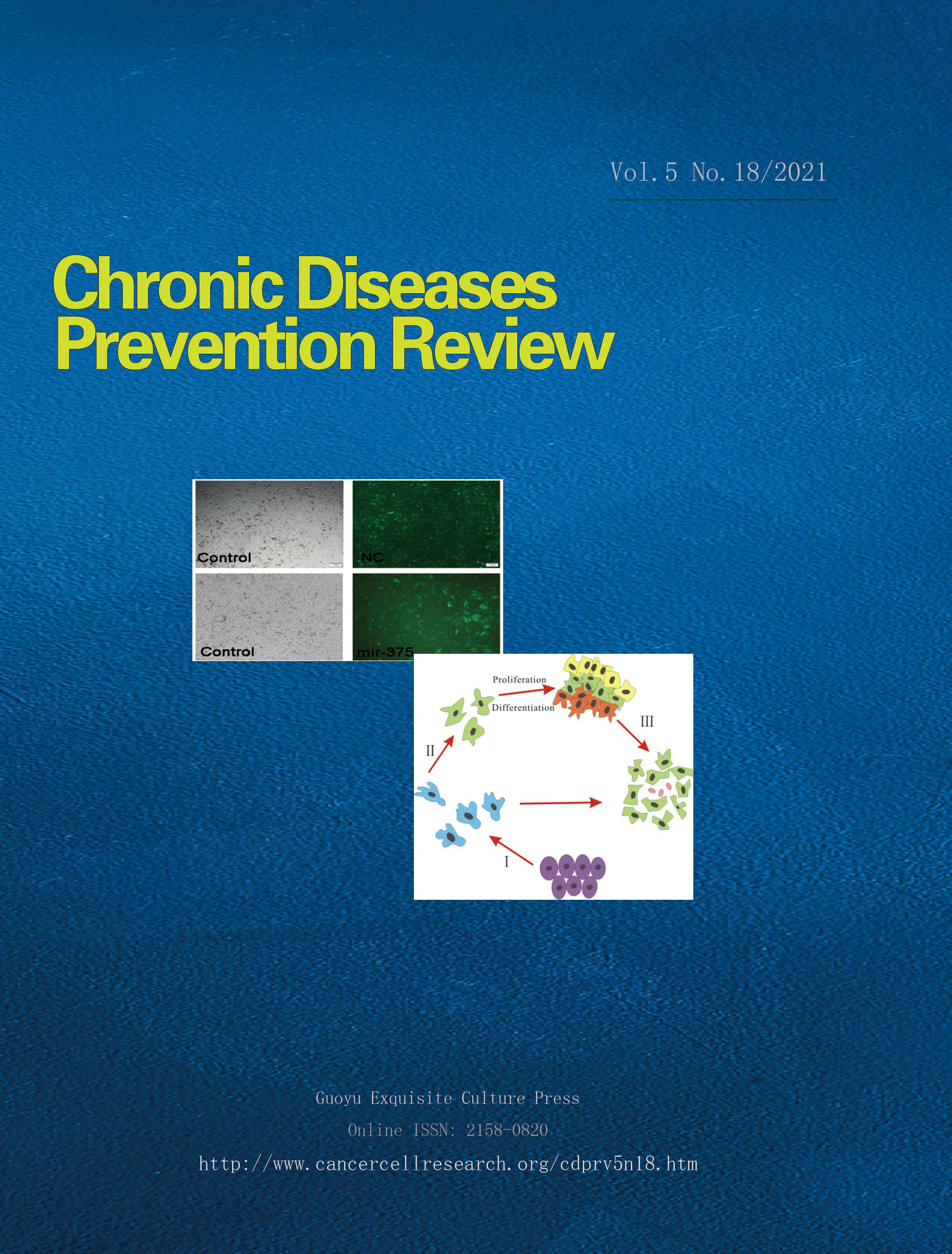Chronic Diseases Prevention Review (Online ISSN: 2158-0820)
Current Issue
Vol.6 No.22
Article: QSAR model study on antibacterial activity of aromatic nucleus-linked symmetric membrane surfactants against Staphylococcus aureus
by Guangran Fu, Anling Zhang
Chronic Diseases Prevention Review 2022 6(22) 1-7; published online 30 March 2022
Abstract: Due to the serious resistance of bacteria such as Staphylococcus aureus, which have posed a greater threat to all aspects of human beings, it is urgent to develop new antibacterial agents. The aim of our research is to predict the MIC value of new antibacterial agents to establish a highly predicting quantitative structure activity relationship model. Genetic algorithms genetic programming (GEP) was used to establish a quantitative structure-activity relationship (QSAR) model of 33 aromatic nucleated symmetric membrane active agents. QSARs are an effective method for screening new structures and predicting the various properties of synthetic compounds. We used heuristic methods (HM) and gene expression programming (GEP) algorithms to establish linear and nonlinear models, respectively. The results showed that The square of the correlation coefficient of the heuristic method is 0.57, and the S2 is 0.11. In gene expression programming, the square of correlation coefficient and the mean square error for the training set are 0.68 and 0.14, respectively. The square of correlation coefficient and the mean square error for the test set are 0.64 and 0.11, respectively. The nonlinear models are more satisfaction. The study indicates that this kind of compound has the possibility of further optimization.
Open Access Download (free) PDF
Article: Application of epidural space block in elderly patients with acute herpes zoster neuralgia
by Sizhen Ji, Zhiqiang Li, Haiqing Song, Wenxun Shao, Zongmin Ji, Nirong Wang
Chronic Diseases Prevention Review 2022 6(22) 1-7; published online 30 December 2022
Abstract: Objective: To explore clinical significance of patient-controlled epidural analgesia (PCA) in elderly patients with acute herpes zoster neuralgia.
Methods: 44 elderly patients with herpes zoster neuralgia were divided into C and D groups according to puncture date. All patients underwent epidural puncture on corresponding skin lesions, intubation, and connection to PCA pumps equipped with compound anti-inflammatory and analgesic solutions. In group C, the epidural catheter was inserted into the affected side under the verification of the C arm. In group D, the steel wire was pulled out before the catheter was inserted, and the epidural catheter was routinely inserted. The pain was evaluated by NRS.
Results: On the 3rd, 5th, 7th and 30th day of treatment, the NRS scores of the two groups were significantly different from those before treatment and there was a significant difference between the two groups. The total amount of medication in group C was low, and the difference between the two groups was significant. The puncture-related complications of the two groups were not statistically significant.
Conclusion: The epidural PCA infusion in the lateral space was more effective than the conventional PCA in relieving the pain of herpes zoster neuralgia in the chest and abdomen.
Methods: 44 elderly patients with herpes zoster neuralgia were divided into C and D groups according to puncture date. All patients underwent epidural puncture on corresponding skin lesions, intubation, and connection to PCA pumps equipped with compound anti-inflammatory and analgesic solutions. In group C, the epidural catheter was inserted into the affected side under the verification of the C arm. In group D, the steel wire was pulled out before the catheter was inserted, and the epidural catheter was routinely inserted. The pain was evaluated by NRS.
Results: On the 3rd, 5th, 7th and 30th day of treatment, the NRS scores of the two groups were significantly different from those before treatment and there was a significant difference between the two groups. The total amount of medication in group C was low, and the difference between the two groups was significant. The puncture-related complications of the two groups were not statistically significant.
Conclusion: The epidural PCA infusion in the lateral space was more effective than the conventional PCA in relieving the pain of herpes zoster neuralgia in the chest and abdomen.
Open Access Download (free) PDF

